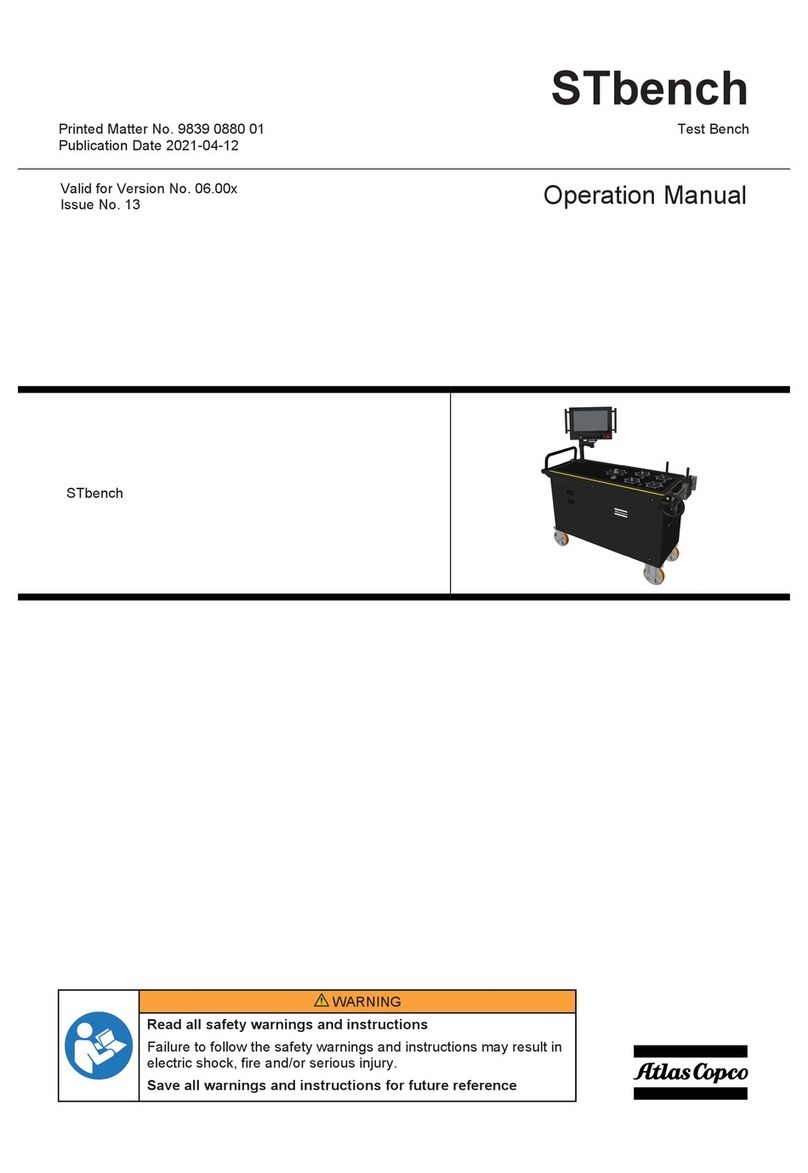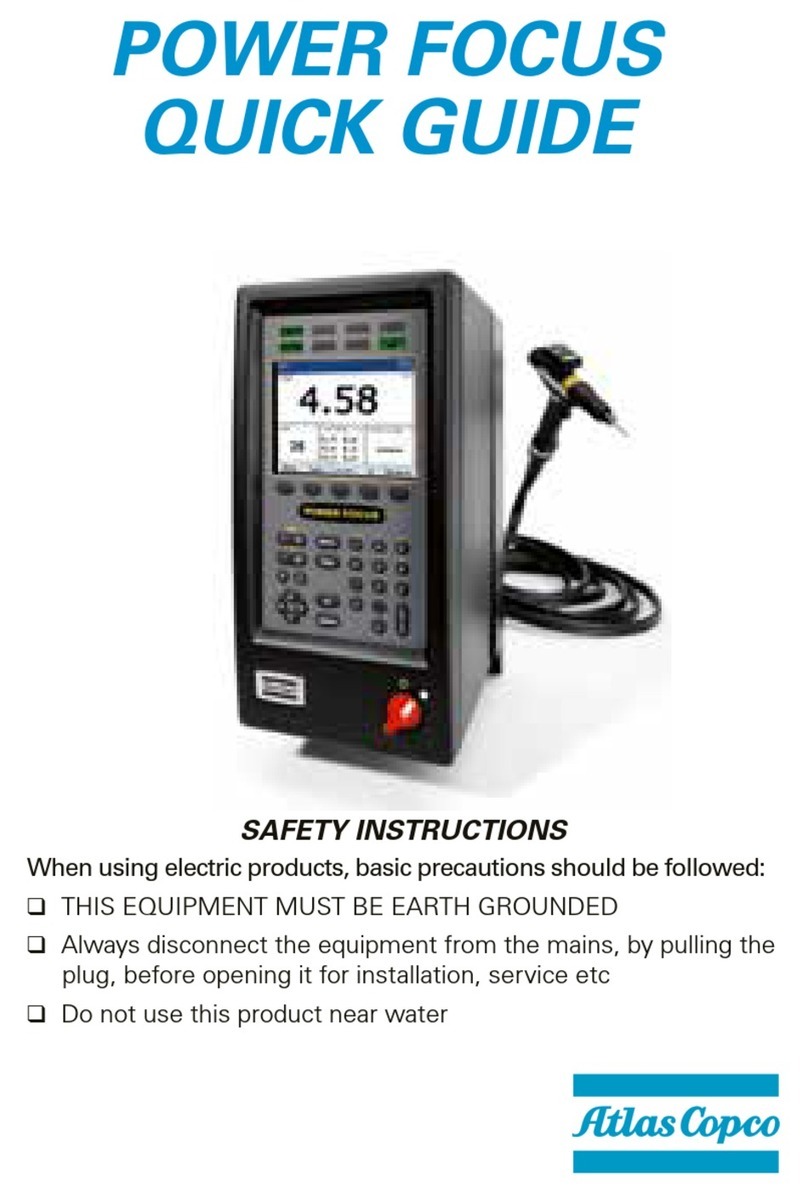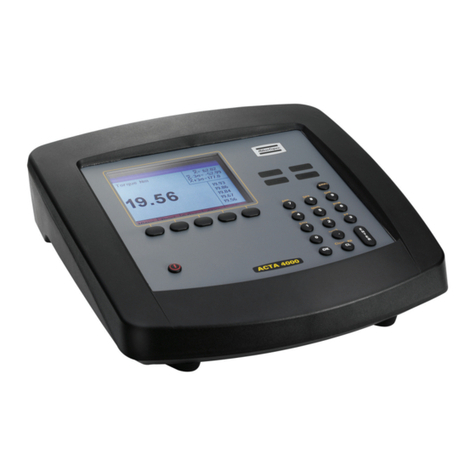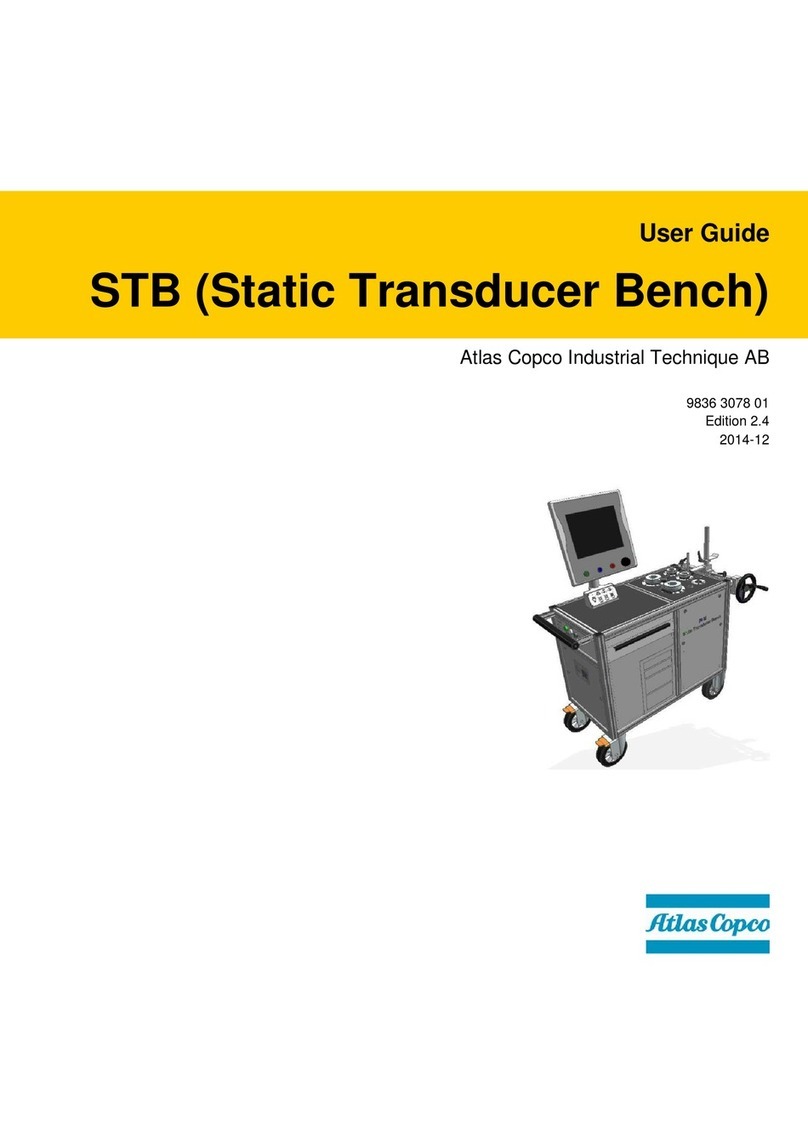
Content BLM 3750 User Guide
4 (78) 9836 3078 01 Edition 2.0
1.3 Specifications ...........................................................................................................9
1.4 Standard Conformity...............................................................................................10
2BLM 3750 Overview.............................................................................................11
3User Interfaces....................................................................................................16
3.1 Static transducers...................................................................................................16
3.1.1 Mechanical joint simulators..................................................................................... 18
3.2 LCD Monitor with Touch Screen.............................................................................18
3.3 Keyboard................................................................................................................19
3.4 Test Result LEDs....................................................................................................20
3.5 External Transducers Connectors...........................................................................20
3.6 USB Ports...............................................................................................................21
3.7 Ethernet Port ..........................................................................................................22
3.8 Serial Port RS232...................................................................................................22
3.9 PC Reset Switch.....................................................................................................23
3.10 Main Panel .............................................................................................................23
3.10.1 Power supply / batteries ......................................................................................... 24
3.11 Hardware Protection Key: System Backup .............................................................25
4Executing a Free Test.........................................................................................28
4.1 Testing Wrenches...................................................................................................32
4.1.1 Wrench test setup................................................................................................... 32
4.2 Testing Impulse Tools.............................................................................................35
4.2.1 Impulse tools test setup.......................................................................................... 38
4.3 Testing Power Tools...............................................................................................39
4.3.1 Power tools test setup ............................................................................................ 40
4.4 Force Versus Torque Test......................................................................................41
5External Transducers Setup...............................................................................43
6Curves Viewer .....................................................................................................46
7Test report ...........................................................................................................49
8Working with Torque Supervisor.......................................................................51
8.1 Tool Calibration Function........................................................................................57
8.1.1 Power Focus calibration ......................................................................................... 61
9Scheduled Maintenance .....................................................................................63
10 Transducers Test Procedure..............................................................................64
11 APPENDIX A: Tool Testing Guidelines..............................................................65
11.1 Statistic Control Test...............................................................................................66
11.2 Cm-Cmk Test .........................................................................................................69
12 APPENDIX B: Processes and Statistics............................................................70
13 Abbreviations ......................................................................................................74
14 Index.....................................................................................................................75

































